-
Posts
646 -
Joined
-
Last visited
Content Type
Profiles
Forums
Gallery
Events
Everything posted by Dziadeczek
-
I would not use CA glue to reinforce the ratline knots, but rather diluted PVA glue, which dries invisible and doesn't crumble away after some years, like CA.
-

Tool to Take Measurement Inside of a Hull
Dziadeczek replied to ChrisLBren's topic in Modeling tools and Workshop Equipment
I found this somewhere in the abyss of my external drive. (Unfortunately, I don't remember who the author is and where it was originally posted...) Hope this helps, Thomas -
It looks like a beefier vertical drill press to me, rather than a mill, otherwise how do you attach your workpiece to the flat table, to mill it? I have once bought from the Sherline factory for my Sherline mill, this "sensitive drilling attachment" to drill hundreds of holes in my blocks I made for my "Frenchie", because I was already developing early signs of carpal tunnel syndrome constantly cranking the mill up and down manually. 😏 The attachment works like a charm, BTW!!! (Pity, because in the meantime, I had already drilled most of my holes before getting this attachment...) Thomas PS: You can buy such an attachment not just for the Sherline mill, but there exist many drilling attachments designed for many different mills, just search the net!
-

Repurposing Pool Cue Lathes?
Dziadeczek replied to Rich Sloop's topic in Modeling tools and Workshop Equipment
Undoubtedly, manually shaping of the masts/spars from square to round, is the more authentic method, but I always use my old Sherline long bed lathe for this task. Also, I use a Steady Rest to prevent wood deflection during turning. Still, for my French 74 1:48 by Boudriot, for some very long spars, I had to turn them in halves, drill holes in their ends and connect them together with a dowel & glue. You cannot see the joint now. Using a lathe is quite faster and more accurate than doing it manually, I think. In the end, it is a matter of personal preference... 🤔 -
Splendid little model, very well done, considering the clinker planking! 👍 I only would recommend that for your rigging, try to get a little tighter twist of the yarns (threads)...
-
What is the projected price of the HMS Surprise kit?
-

My introduction on Model Ship World
Dziadeczek replied to ANDY GRAY's topic in New member Introductions
I seem to remember that Doris was building one of her spectacular models with lighting inside (was it the SotS or the Royal Katherine?). Check out the old posts of her and find out. Maybe you'll find your answers there? -

Need small repair done on jibboom of Le Superbe model
Dziadeczek replied to Mr. Matt's topic in Masting, rigging and sails
You probably could do it by yourself fairly easily, by replacing a wooden (?) dowel properly shaped for a jibboom and rerigging this part. Just don't forget before the removal of all ropes to take a series of close-up photographs of the existing situation to make sure where each line goes and replace them later on, one-by-one. Good luck, Thomas -
I played a little with this software and, for the experiment's sake I uploaded a drawing of a French naval officer from Mr. Boudriot's book on the 74 gun ship to see, what would develop... I was pleasantly surprised to find out that their 3D rendition turned out sooo good! - see the pic (it is only a 2D screenshot from a full 3D conversion, which turned out nearly perfectly, certainly good enough for me! I am thinking about 3D printing of a dozen or so small figurines (about 3.5 - 4 cm long, which is about 1.5 in.) to populate my 74 gun ship model I recently finished building. The problem with this free version of Meshy 6, I see, is that you can only upload your pic (photo or drawing) and convert it into a 3D sculpture, but you cannot further download this 3D sculpture elsewhere, to print it. To do that, you'd have to sign in for it and pay a minimum 8 dollars/month for a subscription (despite the statement from Meshy, that you can do it for a free trial - just to see how it goes (and if it satisfies you, then you can pay them and do your projects). So, that is this limitation..., unless I missed something.. 🤔
-

L'Ambitieux by Nek0 - Altaya
Dziadeczek replied to Nek0's topic in - Kit build logs for subjects built from 1501 - 1750
What is the website your figurines come from? I am looking for similar figurines of French sailors of 18 century for my model of the 74 guns ship (from Boudriot) in the scale 1:48 and cannot locate any suitable ANYWHERE! Thanks! Thomas -
I always use holly for my decks - it gives this very light, almost eggshell color. Once I used beech, I remember - for its speckled texture, perfectly imitating oak (in scale). Boxwood is also OK (pricey, though) It depends on how you intend to show your decks, if you want them to look new, use holly, if darker, use other fruit woods, pear or even apple... You can see on the attached pics how my decks look like next to cherry hull planking, on my recently finished model of the French 74 gunner of 1780 (from Boudriot). For finish, I use one layer of Danish oil, applied with a brush and let it dry (but tung is also OK). It will slightly darken and accentuate the color of the wood, but after a while it will nicely fade.
-
Does anyone know a US distributor of the Polish "Shipyard" cardboard ship models? Thomas
-

Hull planking
Dziadeczek replied to The Bitter End's topic in Building, Framing, Planking and plating a ships hull and deck
From my personal observations of various ships, I can say that in the real world the shipwrights were less rigorous to adhere to a strict 3 or 4 butt shifts, like it is shown in various books. They were using, what was available at the moment in their yards, at the same time trying to save on the wood. So, rarely you can see these strict patterns in the real ships. In my opinion, you can safely butt shift your planks observing rather loosely this 4 butt shift, if you want it (also, the bigger the ship, the bigger the shift, e.g. the Victory and alike would have a 4-butt shifts, perhaps the Constitution 3 butt shifts , a smaller frigate or a brig 2 butt shifts, and so on... PS: Also, check out this discussion: -
You made them the right way. Gratings consist of two different strips of wood. Thicker ledges ('toothed' ones) and thinner battens placed in these teeth. Important thing to remember is that the ledges should run athwartship (from bulwark to bulwark) and the battens should run parallel to the long axis of the hull, - as seen from the top, and not the opposite way. Here is a short article on the topic: Improving Basic Details – Getting the Gratings Right | Ship Modeler I once took a pic of the underside of the USS Constitution's gratings, where you can clearly see this "gaps" you are referring to... Thomas
-
Awesome and exciting project! Make sure though that you have enough room in your house to display the model! Just because your garage is big enough doesn't necessarily mean that there is enough place in your living room to house this monster! I made a similar error deciding to build a French 74 gunner 1780 after J. Boudriot, in the scale 1:48. Just enough room in my workshop, but after nearly 20 years of fiddling with it (I am a v. slow builder!) I found out that my living room is barely big enough to display this monstrosity! Also, such a scale almost demands to build everything nearly exactly to the original, no simplifications and omissions! The question is, do you have enough time and interest (and appropriate materials) to persevere to the end? It would be almost a tragedy to stop the construction somewhere in the middle due to overwhelming difficulties with obtaining materials and simply due to loosing interest and burning out... I keep my fingers crossed for you! Thomas
-
Wow! How did you waterproof your models? Thomas
About us
Modelshipworld - Advancing Ship Modeling through Research
SSL Secured
Your security is important for us so this Website is SSL-Secured
NRG Mailing Address
Nautical Research Guild
237 South Lincoln Street
Westmont IL, 60559-1917
Model Ship World ® and the MSW logo are Registered Trademarks, and belong to the Nautical Research Guild (United States Patent and Trademark Office: No. 6,929,264 & No. 6,929,274, registered Dec. 20, 2022)
Helpful Links
About the NRG
If you enjoy building ship models that are historically accurate as well as beautiful, then The Nautical Research Guild (NRG) is just right for you.
The Guild is a non-profit educational organization whose mission is to “Advance Ship Modeling Through Research”. We provide support to our members in their efforts to raise the quality of their model ships.
The Nautical Research Guild has published our world-renowned quarterly magazine, The Nautical Research Journal, since 1955. The pages of the Journal are full of articles by accomplished ship modelers who show you how they create those exquisite details on their models, and by maritime historians who show you the correct details to build. The Journal is available in both print and digital editions. Go to the NRG web site (www.thenrg.org) to download a complimentary digital copy of the Journal. The NRG also publishes plan sets, books and compilations of back issues of the Journal and the former Ships in Scale and Model Ship Builder magazines.



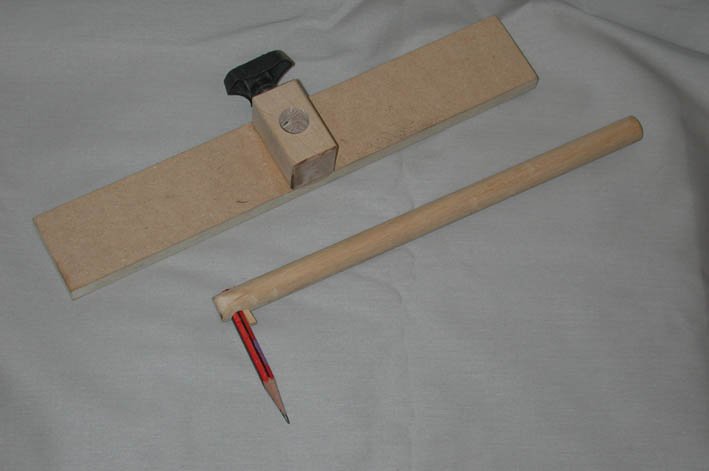

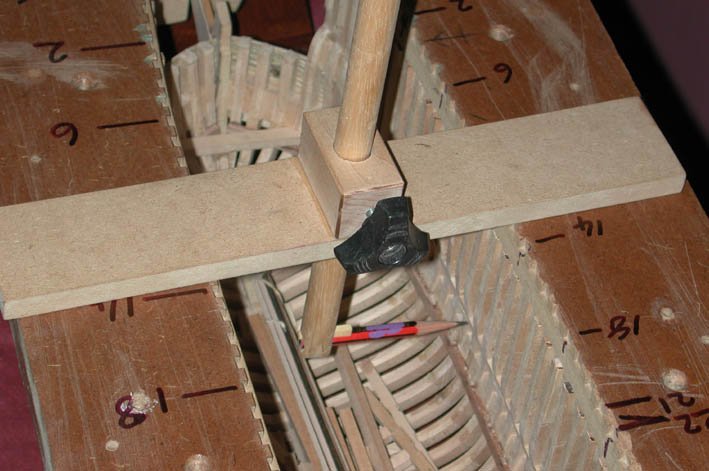
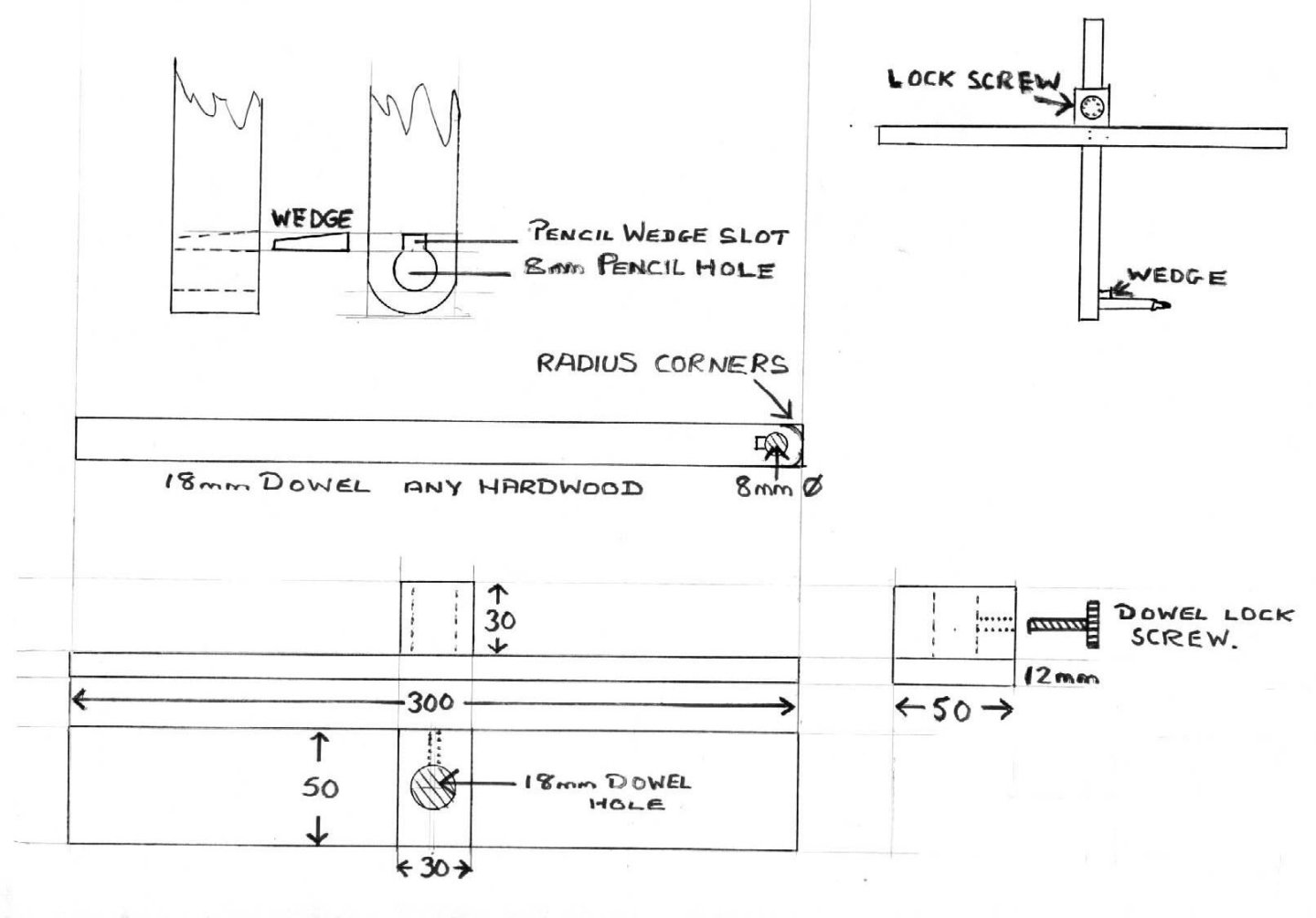

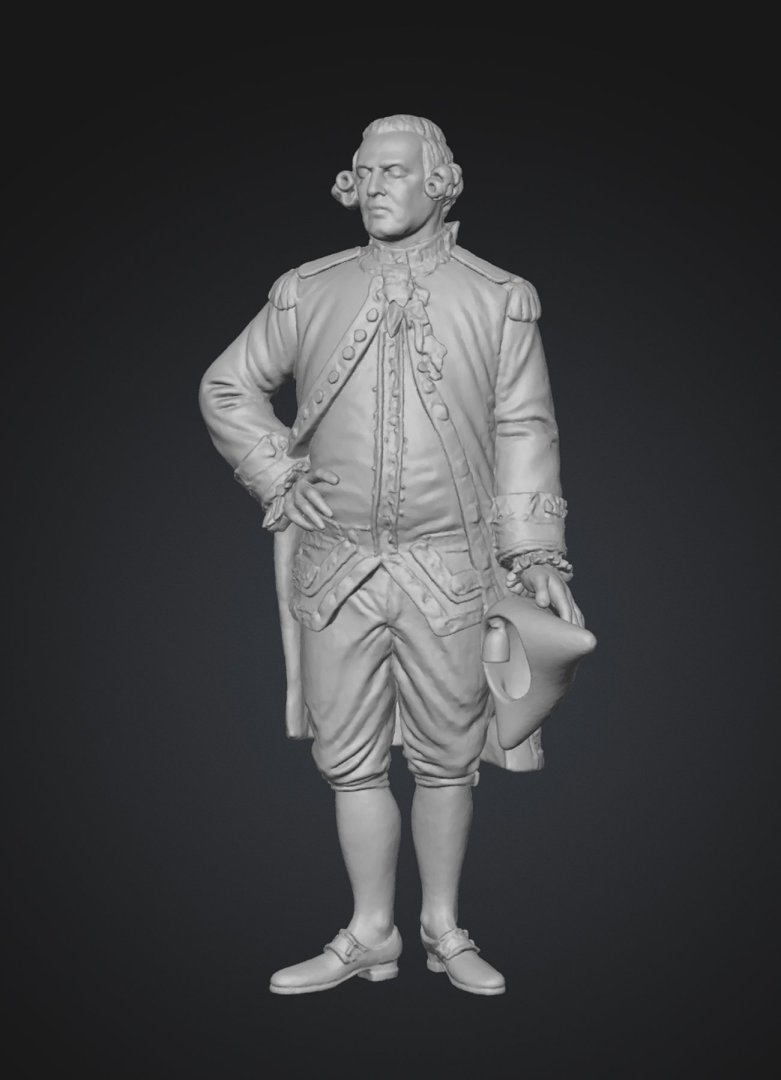
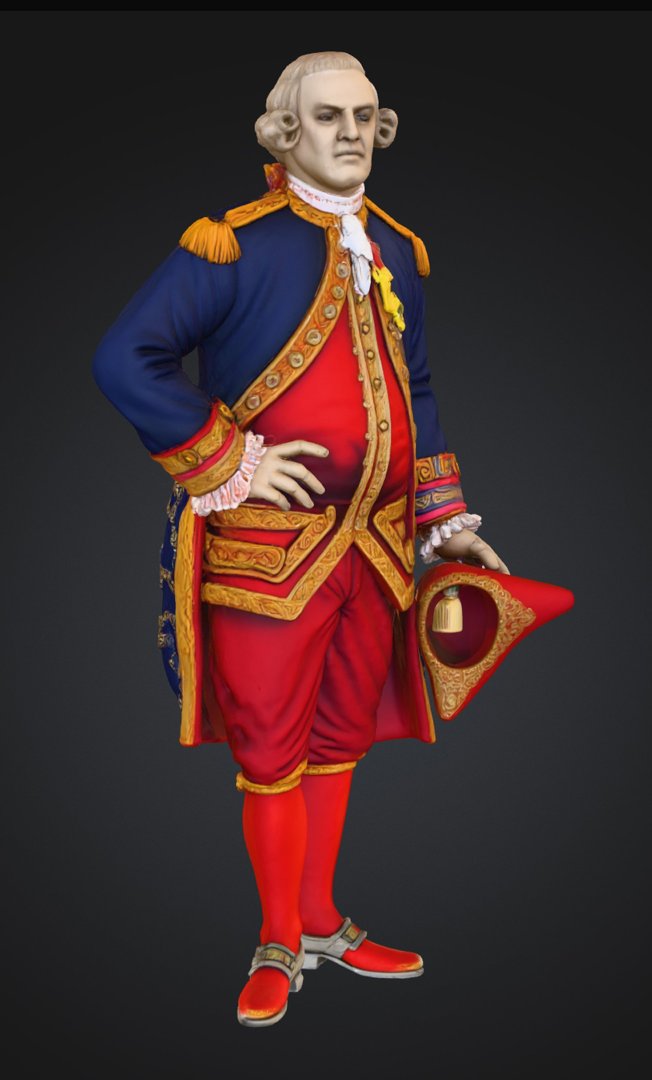
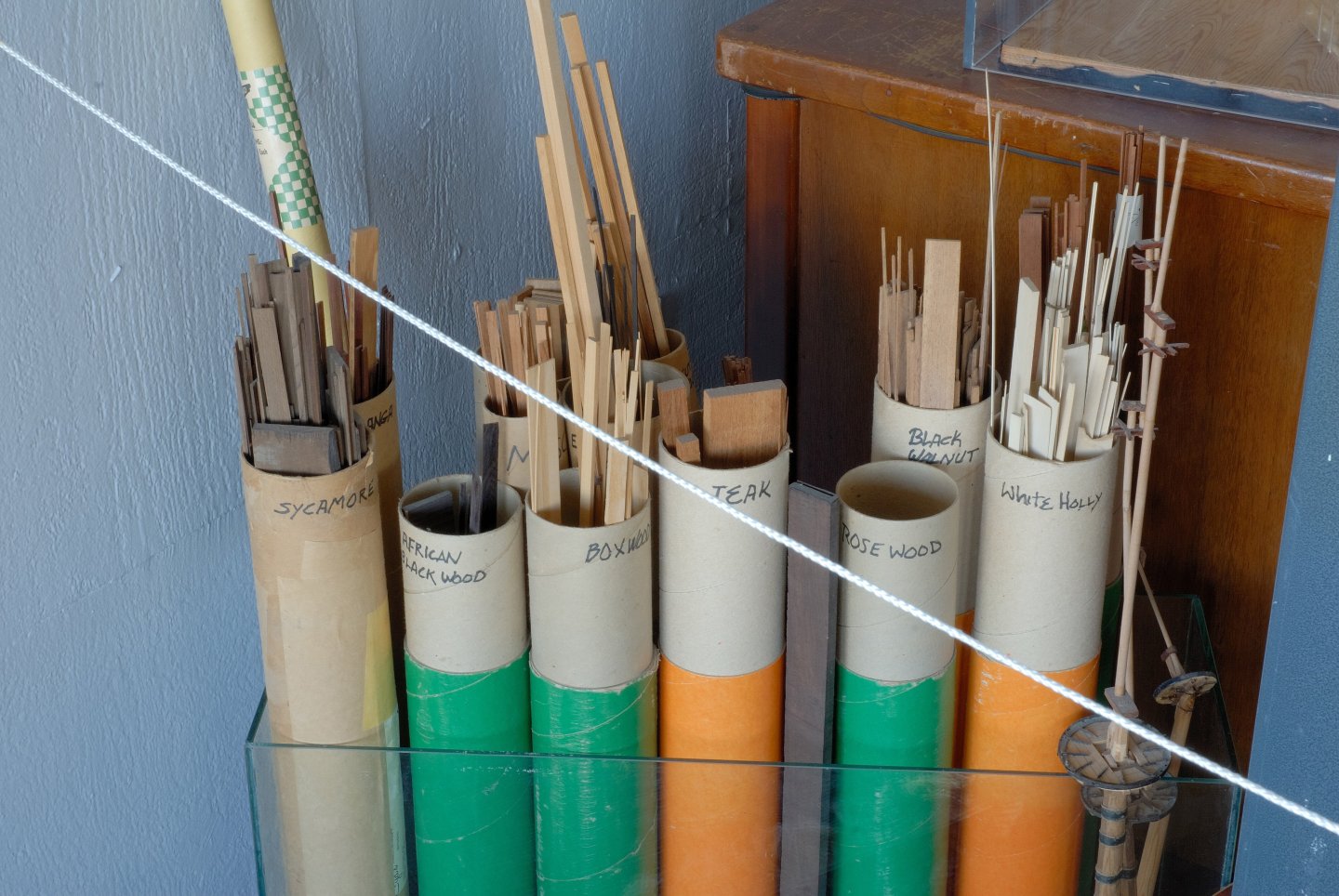

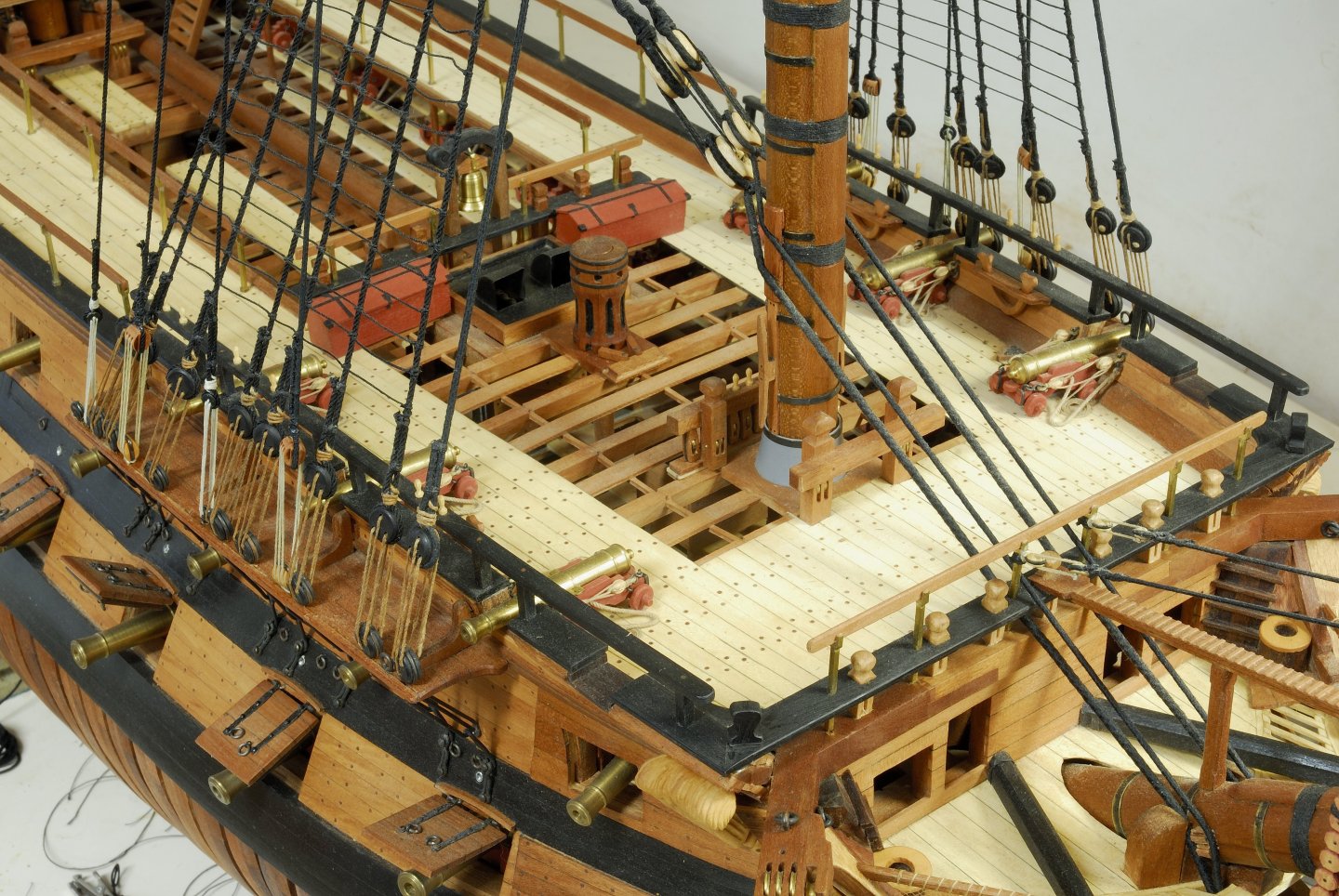
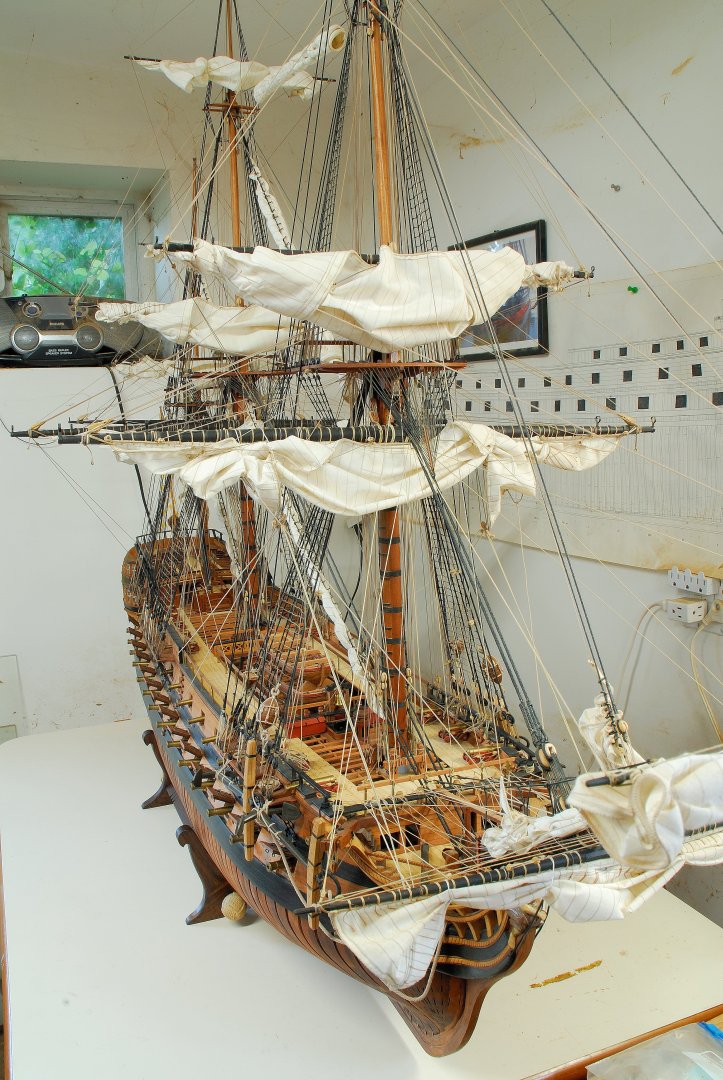
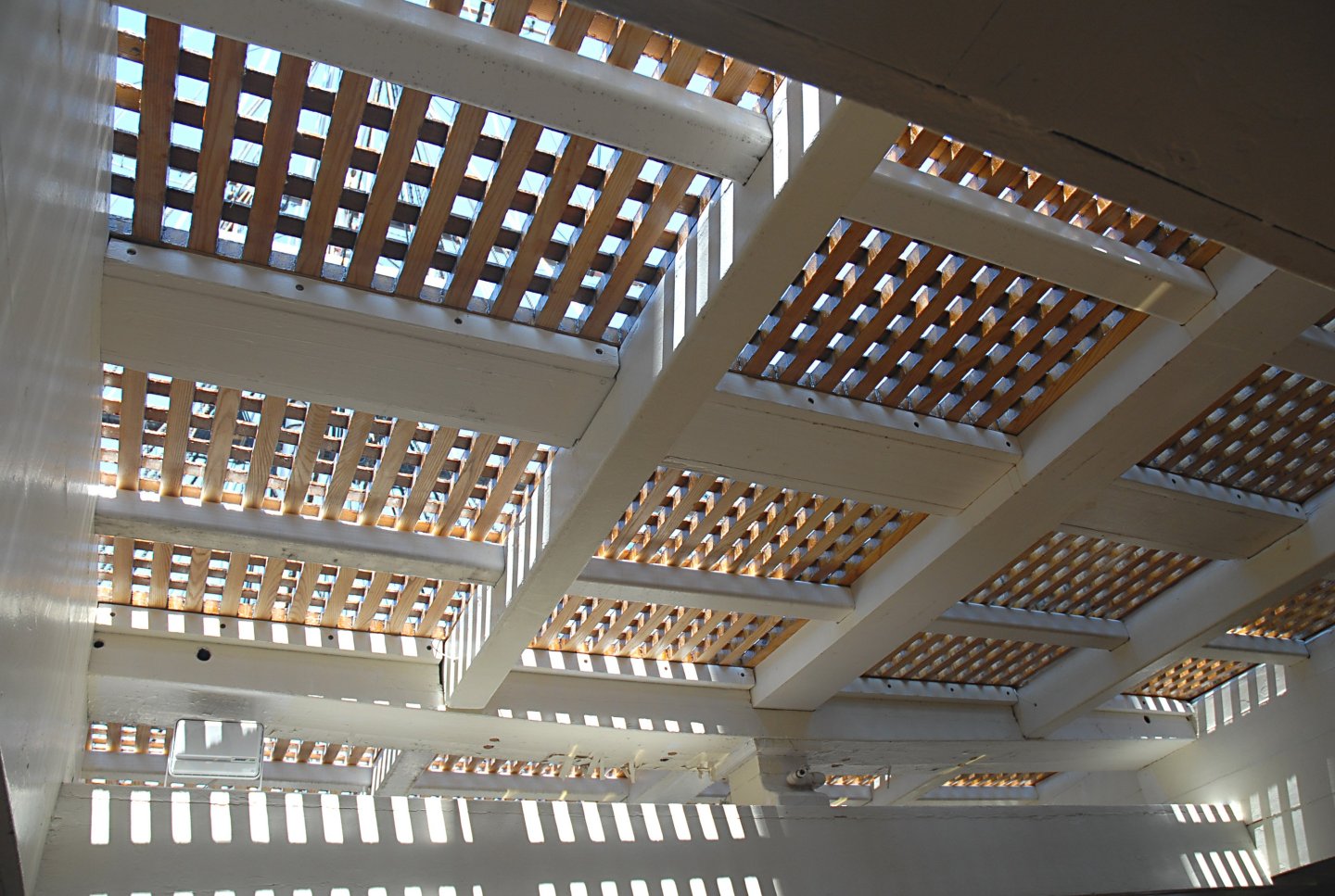
.thumb.jpg.37a7921b929a25f14145494da9ce2e28.jpg)